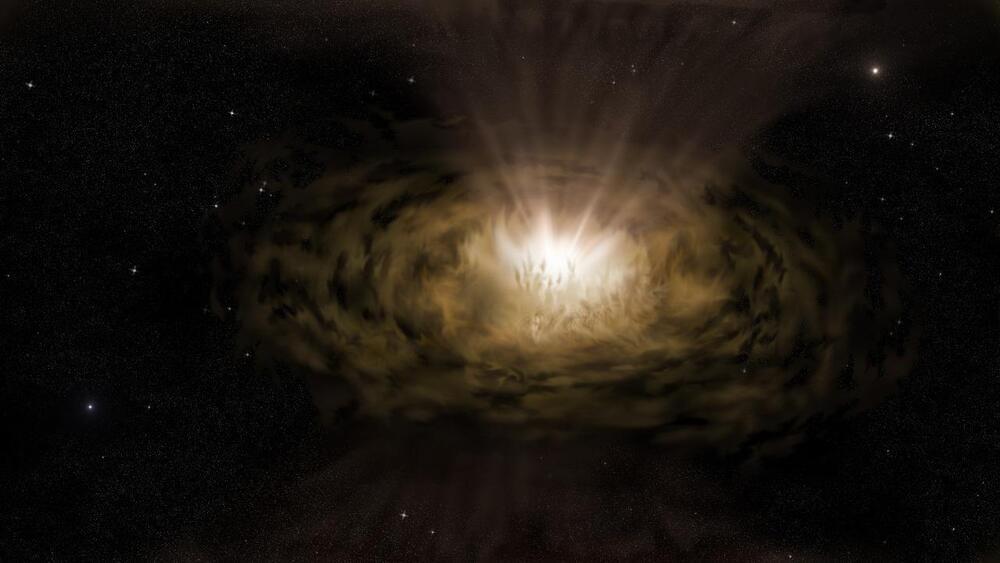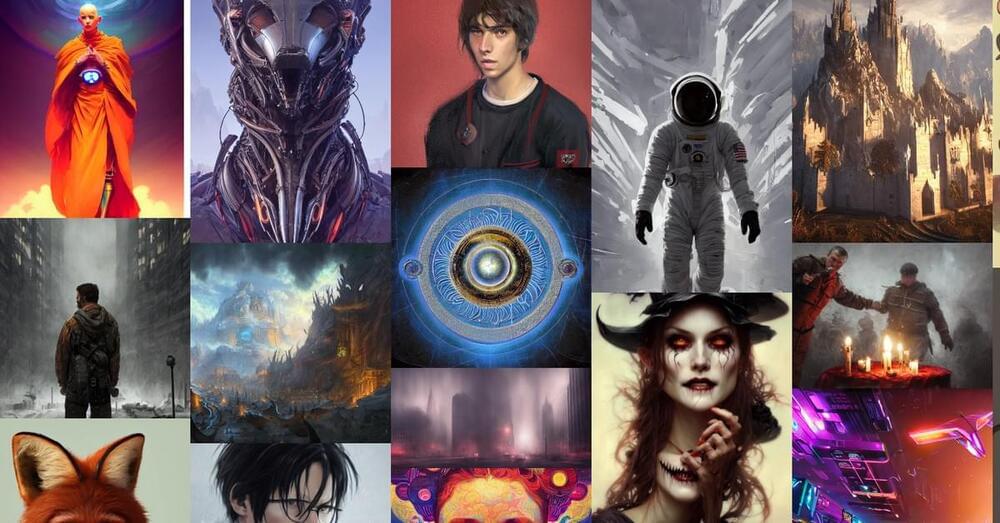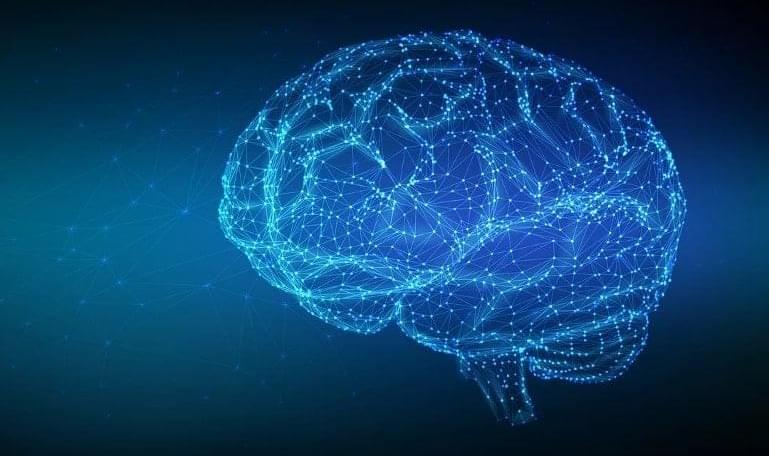There is some incredible emerging tech on the horizon for 2023, but there are also some dangerous and worrying advances that should be on your radar. This emerging tech could have huge implications for the human race.
After all, we applaud scientific progress, but it’s important for us to monitor how some of these technologies are being used. Some breakthroughs can easily be abused or used in dangerous or scary ways.
Let’s take a look at the scariest tech trends everyone should know about today.
1. AI Singularity.
In many aspects, artificial intelligence is becoming capable of human-level thinking.
Is technology in the news keeping you awake at night? Should it be? Here are some of the scariest future tech trends that should be on your radar.








